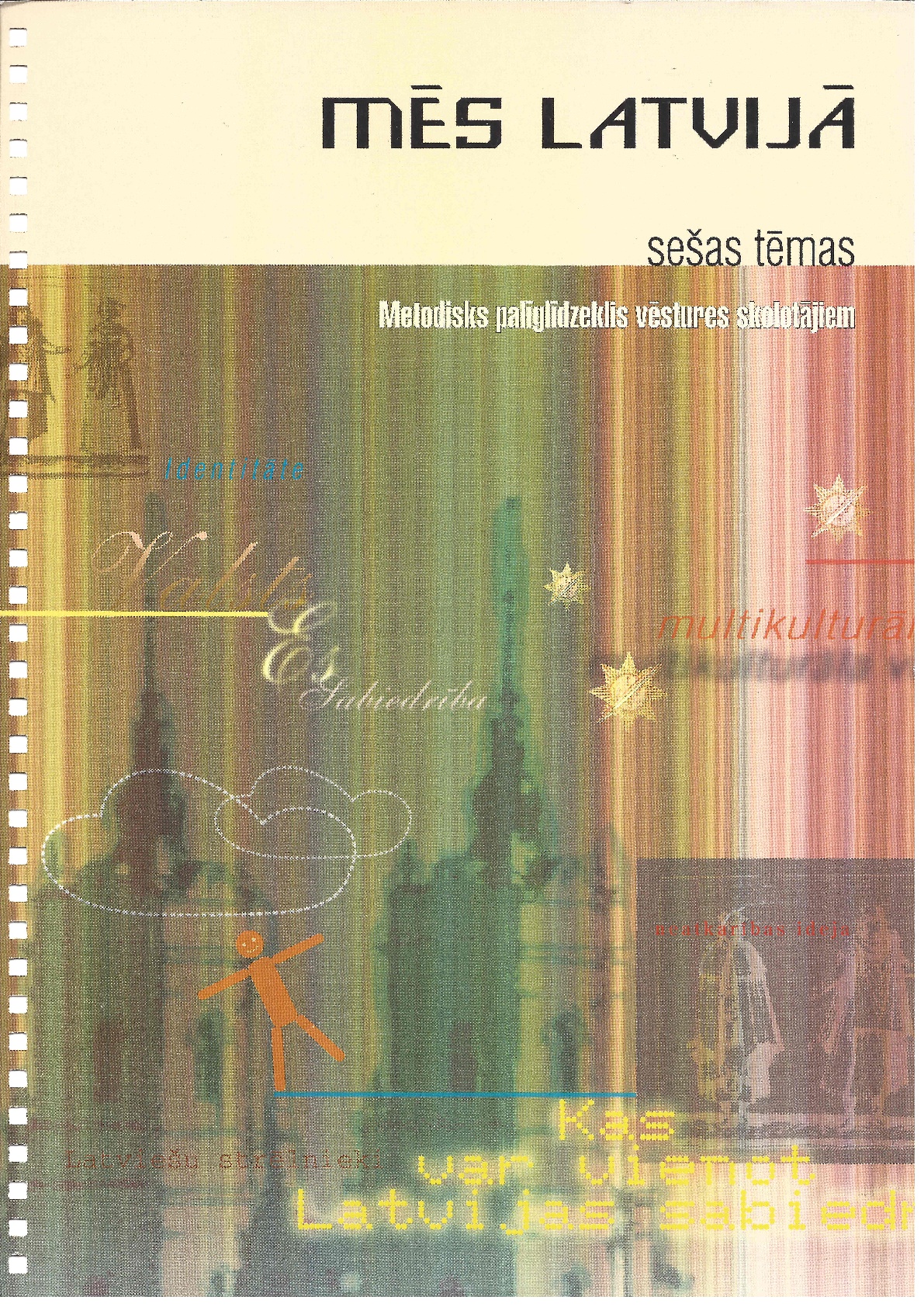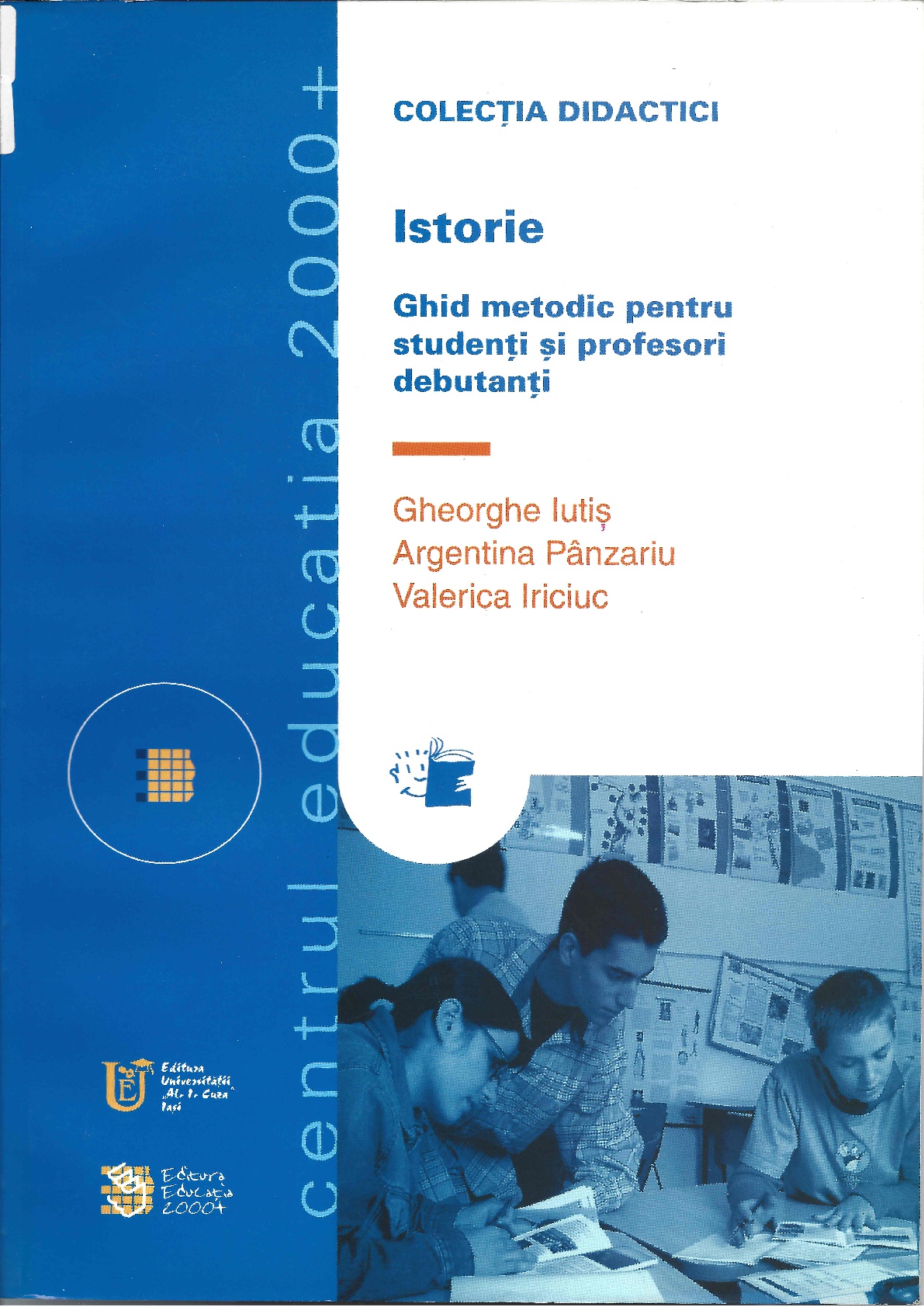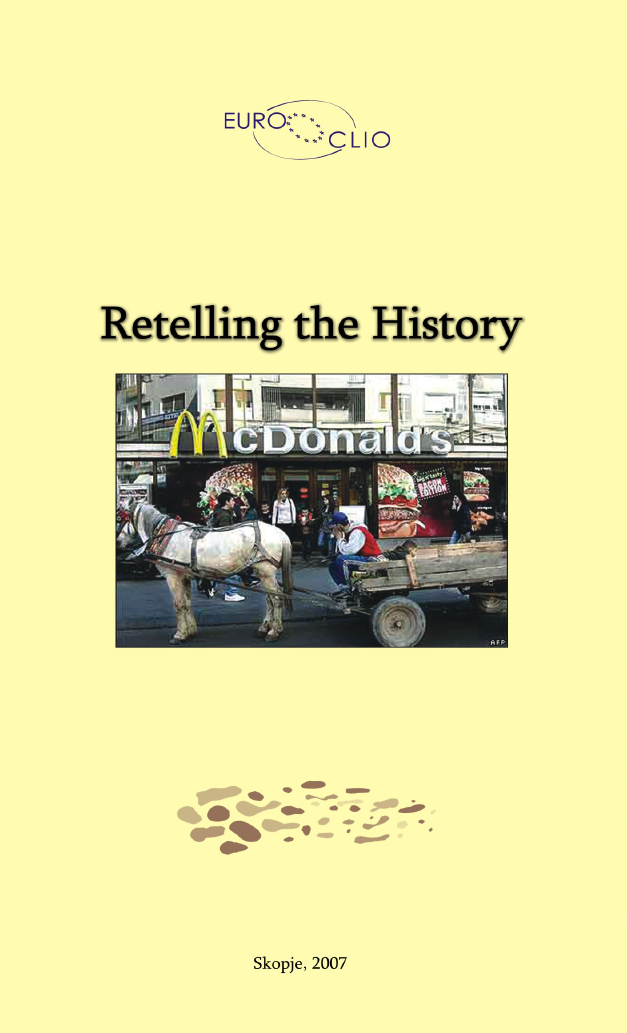The primary goal of this Guide is to provide (history) teachers with a structured framework for integrating museum visits into their curricular practice and transforming these experiences into powerful learning opportunities. By offering practical strategies, pre-visit preparation, interactive engagement techniques, and post-visit activities, this Guide aims to help teachers to design learning journeys at the museum that enhance students’ critical thinking, historical inquiry, and appreciation for cultural heritage. The Guide is focused on providing educators with practical tips to ensure that museum visits are not just passive field trips but active, immersive learning experiences that deepen students’ understanding of historical narratives, artistic traditions, and scientific discoveries.
The Guide is available in English, Sinhala and Tamil languages.
This educational resource has been authored by Ganga Dissanayaka and Eugenie Khatschatrian in the framework of the ‘Histories that Connect – Sri Lanka II‘ project, supported by Strengthening Social Cohesion and Peace in Sri Lanka (SCOPE) programme. SCOPE is co-funded by the European Union and the German Federal Foreign Office and implemented by GIZ in partnership with the Government of Sri Lanka. The content of the teacher guide does not represent the official position of the European Union, the German Federal Foreign Office, GIZ, or the Government of Sri Lanka.





